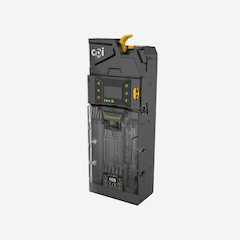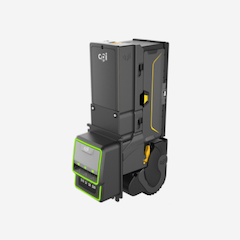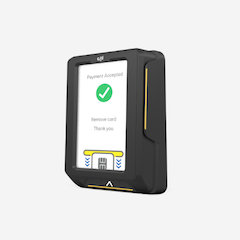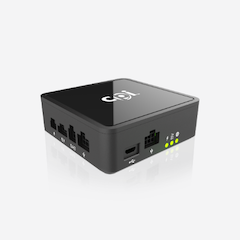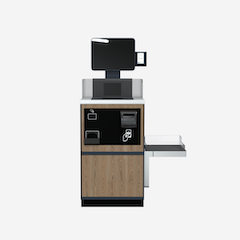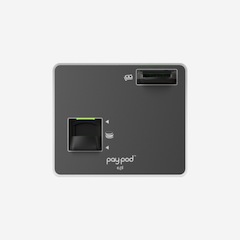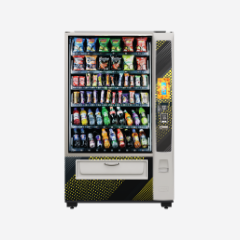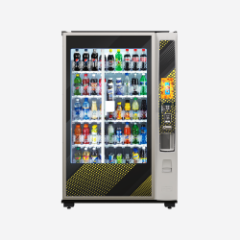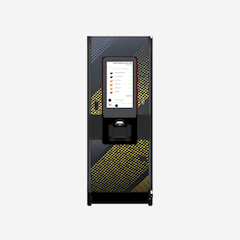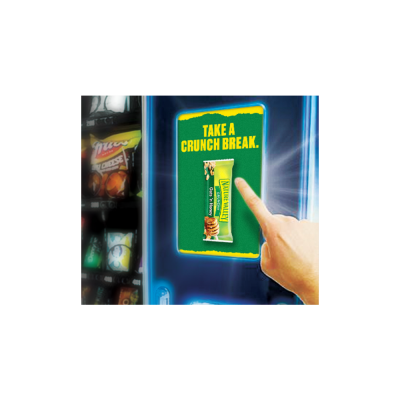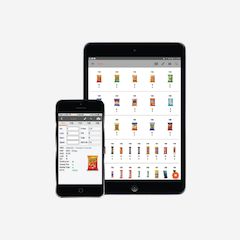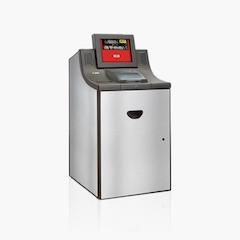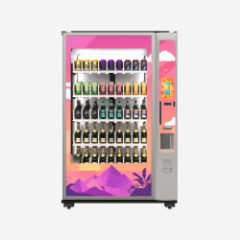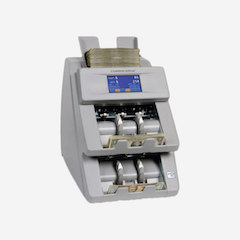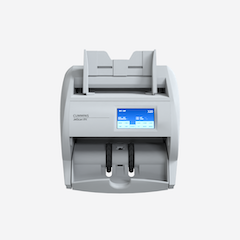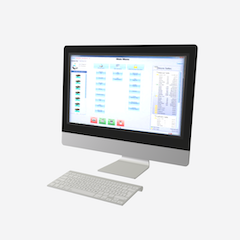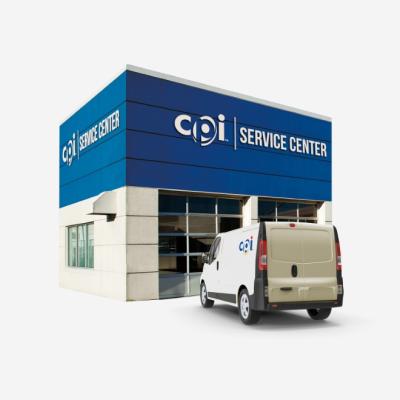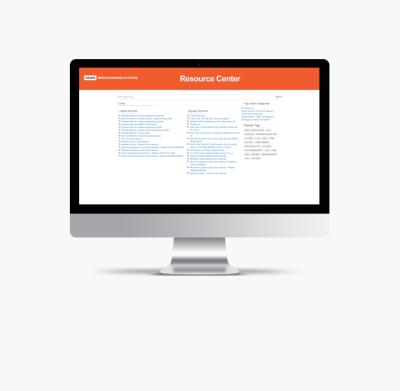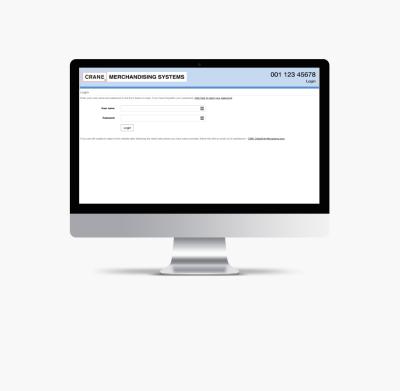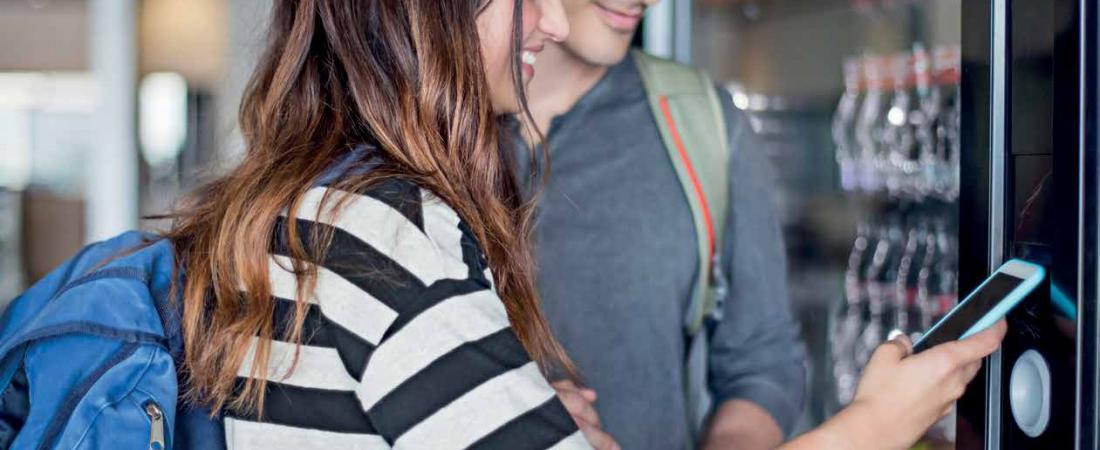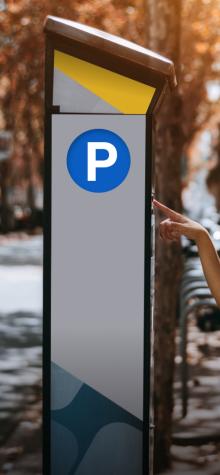The public’s heightened concern for hygiene and safety has piqued interest in vending machines as an on-site sales solution that takes human-to-human contact out of the equation. You may find that your business is picking up, as a result, and that’s good news.
At the same time, operators may need to address customer concerns around hygiene and machine touchpoints. One top of mind solution on the brains of operators and OEMs alike is a “touchless” vending machine. While this kind of innovation isn’t out of the question, it will be one that takes time to develop and a sizable investment in new equipment to implement. At the very least, upon availability, we can expect it to require expensive adaptations to existing machines, or the requirement for new machines all together.
Instead, we've compiled best practices for operators looking to decrease touchpoints without a hefty pricetag. Read below for three ways to keep your machines and your customers safe.
1. Minimize existing customer touchpoints with contactless payment options
Vending machines may be more than a convenience – in some spaces, they currently serve as the only food source available to essential workers in hospitals and warehouses. Optimizing machines to serve all customer needs by accommodating any payment method they prefer to use is essential to a successful vending operation. Machines should take cash or credit cards at a minimum, and in the wake of COVID-19, there is a growing demand for contactless and mobile payment options.
Making contactless payment an option is a smart investment for unattended markets. A report by RTi Research showed contactless use up 30% post-COVID-19 as consumers look for ways to reduce their exposure to publicly shared surfaces. Switching to a card reader that accepts contactless payments is an easy fix, if they are not already enabled.
When upgrading machines to accommodate contactless payment, consider investing in cashless hardware that is compatible with mobile apps, as well. These apps enable customers to make their entire transaction using their phone, eliminating several payment touchpoints at once. After they’ve made their selection and paid for it in the app, they just grab their item and go.
2. Use digital media to guide customer behavior
Digital media, or advertisements at the point of sale, help to dramatically influence customer behavior, according to a study by CPI and Crane Medianet. Two goals can be achieved by using digital media screens on your vending machines:
First, screens can educate and inform consumers. Timely topics include best practices for social distancing, proper hand washing, and the use of personal protective equipment (PPE). Messaging can be used to explain how (or how often) machines are cleaned and disinfected, or alert customers to PPE available for sale inside the machine.
Second, screens with advertisements for available products can help consumers decide what to buy. Reducing the amount of time a customer spends interacting with the machine reduces their exposure.
3. Follow best practices for machine sanitation
Cleaning surfaces between each customer interaction is not practical in unattended retail, but operators can follow a basic set of guidelines to help keep machines clean and safe:
Educate personnel
Any of your staff that interact with machines must practice appropriate hygiene, including wearing masks and gloves. Have them change their gloves between sites and change their facemask every four hours. Before and after interacting with machines at each site, route drivers or technicians should wash their hands for at least 20 seconds with soap and water, per CDC guidelines.
Prepare your machines
Coffee and refrigerated vending machines must have temperature levels checked and expired products discarded, as always, but also be sure to thoroughly clean and disinfect customer touchpoints at every opportunity – especially on high-traffic machines. Operators should instruct drivers or local site management on the proper sanitization of machine doors, screens, buttons, and payment peripherals.
Follow appropriate guidelines
Check with organizations like NAMA and EVA and follow their recommended guidelines for operators preparing to reopen their machines. Operators should update their safety practices regularly to maintain compliance with local governments and agencies.
Take immediate action to solve an immediate problem
Touchless vending is on the horizon, and that’s an exciting prospect for the future. But the hygiene concerns raised by COVID-19 are an immediate problem for which operators need an immediate solution. Operators can take the above steps right now to keep customers and staff as safe as possible while they continue to provide convenient access to essential items.

